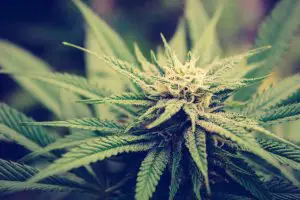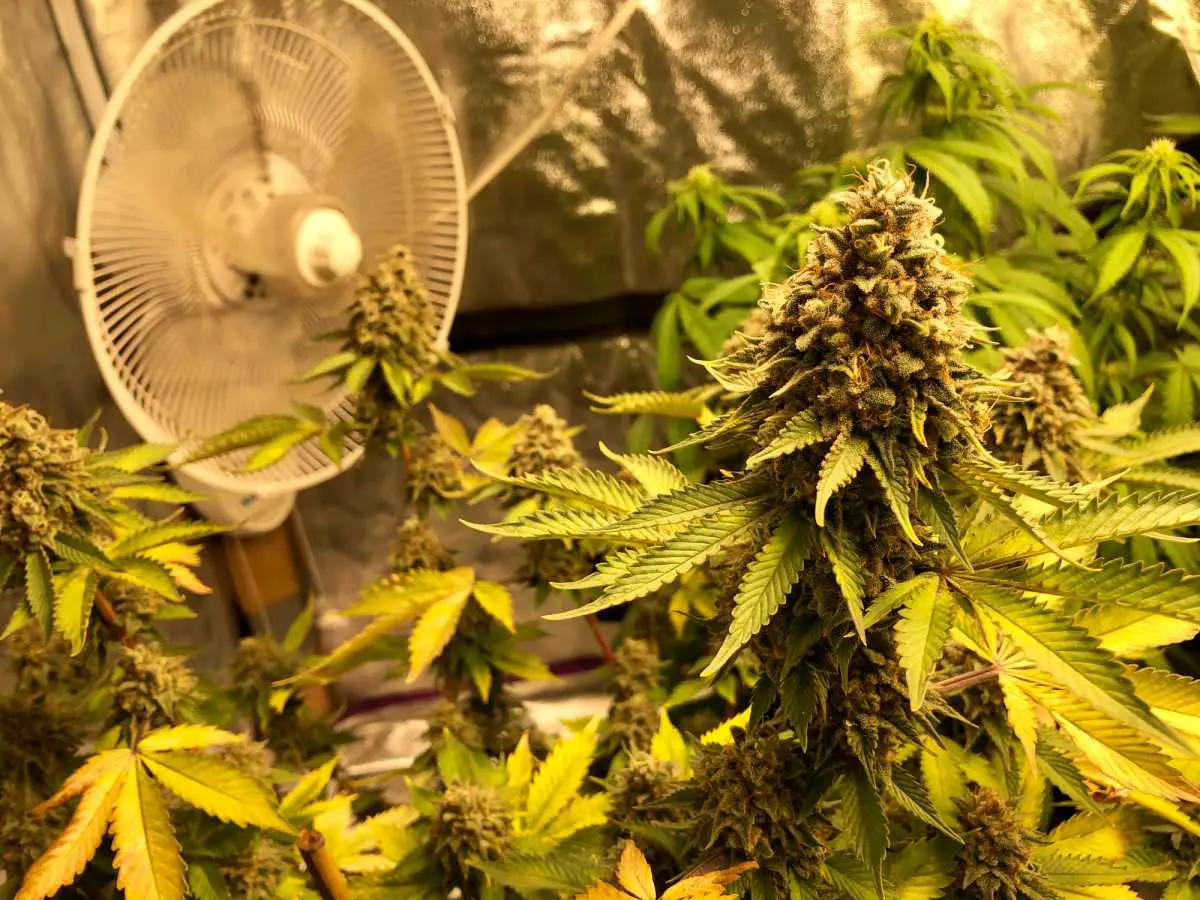Growing cannabis is a labor of love, and you will need signs to keep your motivation up and your hands working. Speaking of signs, nothing motivates a grower more than the buds growing. Formation and fattening of the buds give you the reason to keep sweating. Knowing the week buds grow the most can help you align your expectations and review your plants’ growth.
You’ll know whether your plants are doing fine, and if not, you will be able to remedy the situation early.
Cannabis displays different characteristics during different stages in its lifecycle. It is always exciting to watch all your hard work pay off with big, beautiful, blooming buds. So to answer the burning question;
What Week Do Buds Grow the Most?
The buds will grow the most during weeks 3-5. This is the point when your plant will show budlets that grow pretty fast. Still, it depends on your strains. Though you will notice much swelling happening in week 7, most growth occurs between weeks 3-5. At weeks 8-10, the buds are fully grown, and thanks to terpenes, the smell will be overpowering.
If you’re feeling a bit antsy about when your buds will grow the most, take a closer look into what to expect week by week during the flowering stage.
The Cannabis Flowering Cycle
Cannabis plants require shorter light days to flower. In the wild, the plant will flower after summer solstice when the days begin getting shorter than the nights. By autumn, the plant is in full-blown flowering— some strains even ready for harvesting!
When you grow indoors, you can manipulate the plant and initiate flowering by changing the light schedules to 12 hours of light from 18 hours it enjoyed during the vegetative growth.
Week 1-3
During the first week of flowering, if you’re growing your plants in an enclosed area such as the garage, change the light cycle to 12 hours light and 12 hours of uninterrupted darkness. As the cannabis plant transitions from the vegetative to the flowering stage, it will grow faster to develop stronger support in anticipation of the buds.
The rapid growth that happens during week 1 of flowering is commonly known as the stretch phase. The plant will grow the greens and stretch to almost double it’s height.
And because it continues to exhibit faster growth, you shouldn’t transition immediately to flowering nutrients. Instead, continue feeding your plant vegetative nutrients for a week into flowering.
Due to the increased vegetative growth during week 1 of flowering, you might have to do some Low-Stress Training (LST) to even the canopy and promote light exposure to the bud sites. However, if you’re growing outdoors, LST will be unnecessary at this stage because the sun still hits the plant from all angles, given the plant has a Christmas tree shape.
At week 2, your plant will reveal its sex. If it’s female, it will begin showing the wispy hairs (pistils), and if it’s male, it will show the pollen sacs. This is the stage to separate the males from the females because you risk losing your buds if the male flowers pollinate them. At week two, use flowering nutrients— more phosphorous and potassium.

By week 3, the plant won’t stretch much. It now channels all its energy to bud production. It will sprout many white pistils, but you’re unlikely to see any real buds. Check the feeding schedule for appropriate nutrients ratios and watch for any deficiencies. The plant is focusing on producing the flowers; you should nourish it enough for the process.
Week 4
During week 4, you will notice many budlets. The white pistils may also be sticking straight out, but they won’t continue growing as rapidly as they did in the first three weeks. The buds will continue growing fatter as the days go, and you might have to support branches with more buds to keep them exposed to the light.
The plant will also be producing more trichomes, and the smell will be more pronounced by now.
At week 4, you don’t want any deficiency halting the plant’s progress. Keep a close eye on the environment and the nutrients in your medium to ensure your plant continues staying healthy. Stay aware of leaf symptoms such as yellowing of leaves or rapid loss of leaves.
Week 5
At this stage, your plant is in full-flowering mode. The budlets are now thick buds that need support, and more buds will sprout on new bud sites. The white pistils will turn either brown or amber, and some trichomes will become opaque. The plants’ intense smell shows the terpenes are getting richer, and you will need to use carbon filters to keep your grow from suspecting neighbors.
As your buds become bigger and denser, continue to feed the plant the right nutrients in balanced portions to prevent nutrient deficiency or nutrient burn.
Week 6-8
Buds grow to their biggest size at the final stages of flowering. The buds are ripening, and you should continue feeding them the right formula in the right proportions.
Maintain the right light to prevent burning the buds or reducing THC through evaporation. Move the lights higher if your plants grow very tall and too close to them. Also, increase airflow to reduce heat and prevent the plants from bugs.
Depending on the strain you are growing, week 8 and beyond is the end of the flowering cycle. The harvest widow typically lasts a week as the pistils change from white to orange. The shiny Trichomes also turn milky white as they increase in THC and finally to amber as the THC starts to degrade to CBN.
When your plants achieve almost 30% amber Trichomes, it is a good time to start harvesting. At week 8 and beyond, the distinct weed odor becomes overwhelming, and you can’t avoid using carbon filters if you value discrete growing.
Do not wait too long to harvest. If you take too long, your buds will begin to deteriorate.
In Conclusion
Buds grow the most between week 3-5 and fatten up during weeks 6-7. However, the results might be slightly different with varied strains. It is essential to keep your plants nourished throughout the flowering period to maximize the yield.

